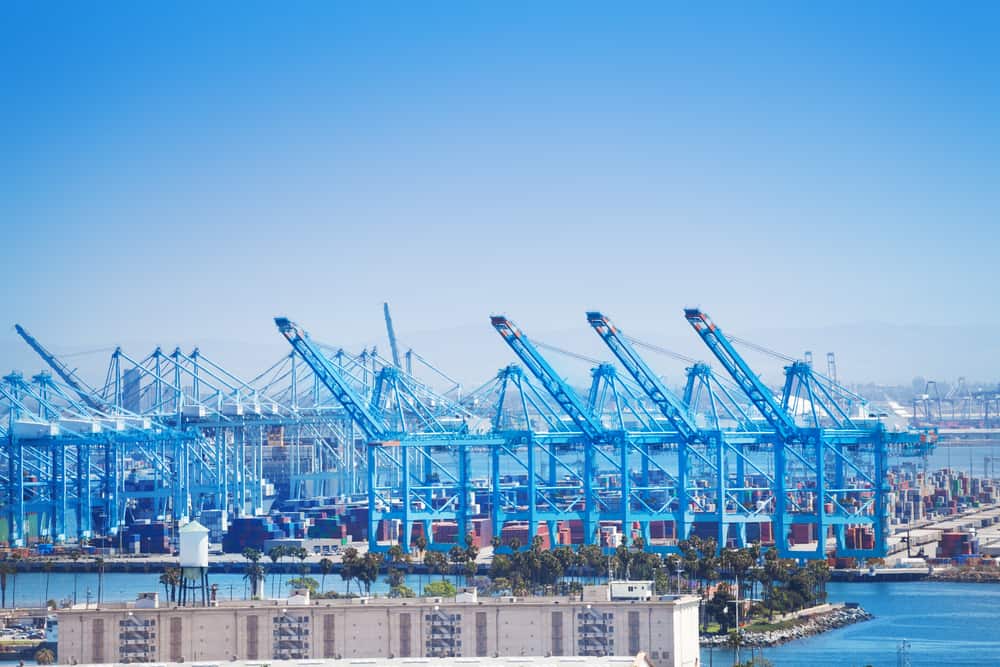Ship orders for most sectors have slowed dramatically in 2025, with shipping’s largest sector, dry bulk, among the quietest when it comes to signing contracts for new vessels.
The latest data from Clarksons Research shows that overall ordering in the year to date is down by 54% year-on-year, bringing activity back into line with the 10-year average.
Notably, trends have varied significantly by sector. Volumes in the boxship and cruise sector are twice the 10-year average, while bulker, tanker and gas carrier ordering are running below trend. The slump in orders has also seen newbuild prices plateau this year. They had been previously skirted historic highs.
Dry bulk newbuilding orders hit their lowest H1 total since 2017 at 169 vessels, according to data from VesselsValue.
“The slowdown reflects ongoing caution from owners amid uncertain macroeconomic conditions, softer freight market expectations, and limited near-term earnings visibility. Concerns over future environmental regulations and uncertainty around preferred fuel technologies have also contributed to hesitation in placing new orders. Elevated newbuilding prices have potentially put off some prospective buyers,” VesselsValue noted in a recent report.
“In a way this slowdown is overdue given how strong contracting activity was over the last two years, and how newbuilding prices have gone through the roof until last year, to the highest price levels seen since 2008, which was not fully justified by charter rates which were far from being great,” Ralph Leszczynski, head of research at Banchero Costa, told Splash.
Analysts at broker BRS have also described the “deep slump” in recorded dry bulk orders in the opening seven months of the year, down by 63% year-on-year.
BRS partly attributed the drop to prices remaining persistently high while many dry bulk markets have languished at relatively low levels. Notably, the China Newbuilding Dry Bulk Price Index (CNDPI) – an index system assessed by a professional committee consisting of 21 domestic and foreign shipbrokers – averaged its highest level since records began in 2011 during the first seven months of 2025. However, prices are now starting to weaken.
BRS also cited regulatory and technological uncertainty as well as geopolitical and trade policy shocks as reasons for this year’s decline in dry bulk contracting.
BRS noted the stark decline in orders made by Greek owners – described by the broker as a key market “bellwether”.
The Greek share of bulker newbuilds dropped from second place last year to fifth this year, with only one kamsarmax and two handymax orders placed.
“We think it can be useful to think of the lull in orders, certainly in dry bulk, as a bid-offer spread that is too wide for the parties to meet,” Dr Roar Adland, head of research at SSY, told Splash today.
“Shipyards are relatively full and so can maintain a high offer while the bid from shipowners, which is rationally based on the FFA curve and timecharter earnings, is much lower. Since the marginal newbuilding buyer lately has come from the container sector, dry bulk in general is not in a position to compete for late delivery slots yet,” Adland explained.





